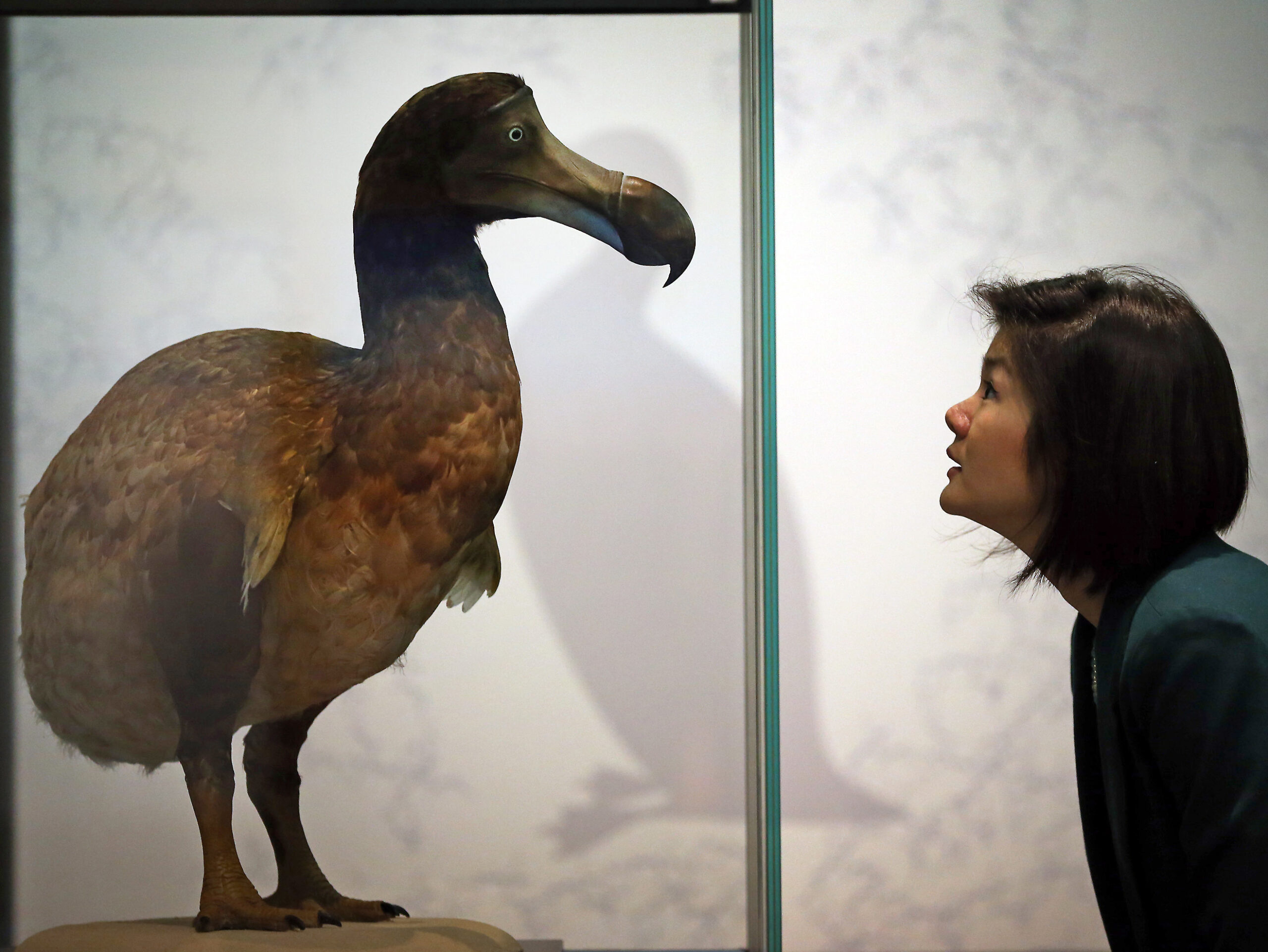The Tragic Tale of the Dodo Bird’s Extinction
In the vast realm of fascinating creatures that once roamed our planet, the dodo bird stands as a heartbreaking symbol of extinction. Residing on the small island of Mauritius, located in the Indian Ocean, this peculiar bird played a significant role in shaping the pages of natural history—before it was abruptly erased forever.
The dodo’s demise can be attributed to an unfortunate sequence of events, catalyzed by the arrival of humans on the island. Dutch sailors first stumbled upon Mauritius in 1598 during their arduous journey around the Cape of Good Hope. Upon their arrival, they were astounded to encounter a species unlike anything they had ever seen before—the flightless and rather plump dodo bird.
With no natural predators in its isolated habitat, the dodo thrived and evolved, adapting to its surroundings over millions of years. However, its isolation would prove to be its ultimate downfall. The arrival of humans disrupted the ecological balance, leading to a chain reaction of catastrophic events that sealed the dodo bird’s fate.
In the early years of human settlement on Mauritius, hunters targeted the dodo bird due to its inability to fly away. Sailors, in particular, found the bird to be an easy source of fresh meat, as it exhibited little fear towards humans. Subsisting primarily on fruits and seeds, the dodo was an easy prey, and its population began to dwindle rapidly.
The relentless hunting of the dodo bird was not the only factor contributing to its extinction. The introduction of foreign species, such as pigs, dogs, and rats, posed a significant threat to the dodo’s survival. These invasive creatures, often accompanying sailors on their journeys, caused immense harm to the island’s delicate ecosystem. The pigs and rats voraciously consumed dodo eggs, while dogs hunted down adult birds with merciless fury.
The combined effects of human hunting and invasive species ravaged the dodo population, pushing it to the brink of extinction. In a relatively short period, by the 1660s, the dodo bird had completely vanished from the face of the Earth. This beautiful creature, which had managed to thrive for millions of years in isolation, was gone forever.
The extinction of the dodo bird left a void in both the natural world and human understanding. Its peculiar appearance and peaceful nature captured the imagination of many, becoming an icon of extinction and a powerful reminder of the consequences of human actions. We must learn from the tragedy that befell this unique bird and strive to protect and preserve the fragile ecosystems in which countless species still struggle to thrive.
The story of the dodo bird’s extinction serves as a cautionary tale against recklessness and the destructive impact that humans can have on the environment. It is a stark reminder of the importance of conservation and the urgent need to safeguard our planet’s remarkable biodiversity. May the memory of the dodo bird forever remind us of our responsibility to protect and cherish the natural wonders that surround us.
More About : When Did The Dodo Bird Go Extinct
Introduction:
The extinction of the dodo bird is a tragic tale of human interference and environmental imbalance. This article delves into the history, reasons, and consequences of the dodo bird’s extinction, highlighting how its demise serves as a cautionary tale for the preservation and conservation of endangered species.
I. The Rise of the Dodo Bird
A. Description and Habitat of the Dodo Bird
B. Adaptations and Evolutionary History
II. Arrival of Humans and Impact on Dodo Bird Population
A. Portuguese Arrival in Mauritius
B. Hunting and Exploitation
C. Introduction of Introduced Species
III. Discoveries and Observations by Sailors and Naturalists
A. Early Accounts and Descriptions of the Dodo Bird
B. Influence on Popular Beliefs and Art
IV. Extinction and Lasting Consequences
A. Final Decades and Extermination
B. Ecological Impact and Imbalance
C. Legacy in Scientific Discoveries and Lessons Learned
V. Modern Efforts in Conservation
A. Understanding the Importance of Biodiversity
B. Conservation Measures and Protection of Endangered Species
Conclusion:
The extinction of the dodo bird serves as a somber reminder of humanity’s role in combating the loss of biodiversity. By studying the events leading to its extinction, we comprehend the importance of preserving our natural world and the consequences that arise from unchecked human activities. It is essential to learn from history and implement effective conservation strategies to prevent further extinctions in the future. By doing so, we can ensure that future generations will not only read about the dodo bird but also be able to marvel at its existence in their own time.
FAQs on When Did The Dodo Bird Go Extinct
Q1: When did the dodo bird go extinct?
A1: The dodo bird went extinct in the late 17th century.
Q2: Why did the dodo bird go extinct?
A2: The main reasons for the dodo bird’s extinction were habitat destruction and the introduction of non-native species by humans.
Q3: What caused the decline in the dodo bird population?
A3: The introduction of predators, such as rats, cats, and pigs, contributed significantly to the decline of the dodo bird population.
Q4: Is the dodo bird completely extinct?
A4: Yes, the dodo bird is completely extinct. There are no living specimens or descendants of the species today.
Q5: How did the dodo bird get its name?
A5: The origin of the name “dodo” remains unclear, but it is believed to come from either the Dutch word “dodaars,” meaning “simpleton,” or the Portuguese word “doudo,” meaning “foolish” or “crazy.”
Q6: Where did the dodo bird originally live?
A6: The dodo bird was endemic to the island of Mauritius in the Indian Ocean.
Q7: How long did the dodo bird exist on Earth?
A7: While the exact lifespan of the dodo bird is unknown, estimates suggest it had been present on Mauritius for thousands of years before its extinction.
Q8: How big was the dodo bird?
A8: The dodo bird was about 1 meter (3.3 feet) tall and could weigh up to 23 kilograms (50 pounds).
Q9: Are there any preserved dodo bird specimens today?
A9: Yes, there are several preserved dodo bird specimens in museums around the world, including skeletons, skulls, and feathers.
Q10: Did humans hunt the dodo bird to extinction?
A10: While hunting by humans may have played a minor role, it was primarily the combination of introduced species and habitat loss that led to the dodo bird’s extinction.




